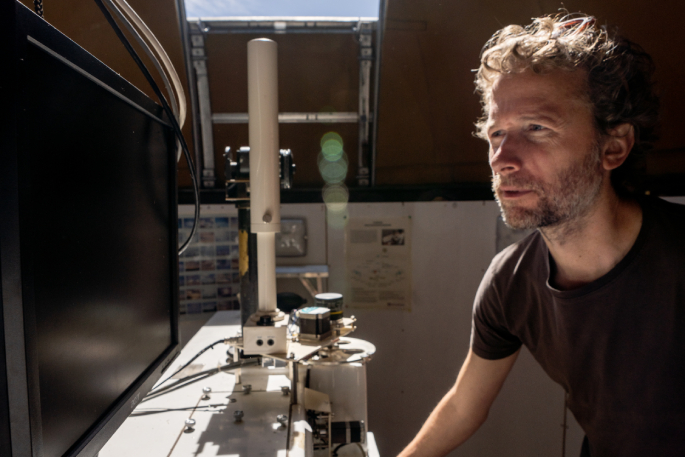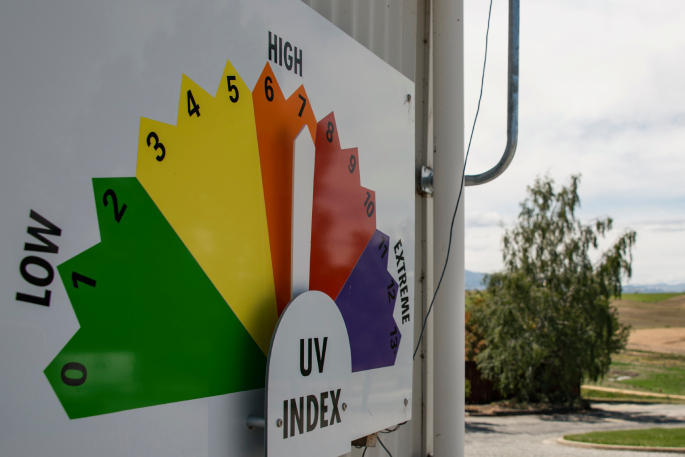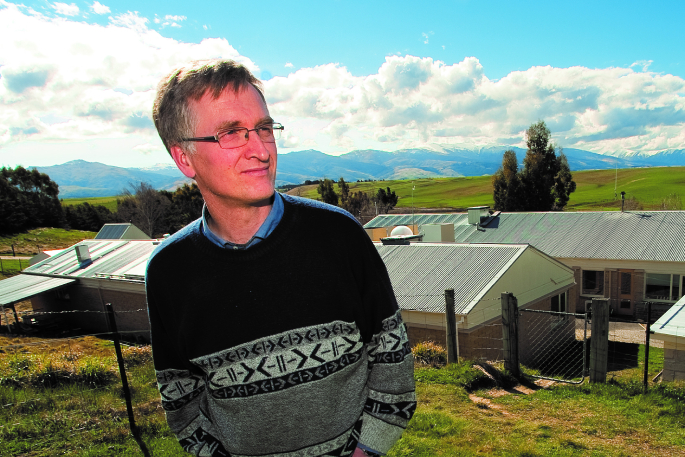NIWA scientists are predicting that this year’s ozone hole will stay around for longer than usual, potentially lasting into early summer.
NIWA’s Principal Scientist - Atmosphere and Climate, Dr Olaf Morgenstern, says this is largely due to a combination of climate change and the 2022 Tonga volcanic eruption.
"Hunga-Tonga-Hunga Ha’apai blasted an astonishing amount of water into our atmosphere. In fact, we are seeing around 10 per cent more water vapour than usual. Water vapour is a greenhouse gas that causes cooling of the stratosphere and enhances depletion of ozone by forming clouds above Antarctica.
"Additionally, the stratosphere is very sensitive to changes in temperature, with climate change causing a long-term cooling trend. This may be contributing to the cold and stable conditions we are presently seeing."
The Antarctic ozone hole typically reaches its greatest extent in September or October and disappears in November or December.
However, there were signs that the ozone hole could have formed earlier this year.
Dr Richard Querel is a NIWA atmospheric scientist based in Lauder, Central Otago.
He says NIWA is measuring the chemistry in the atmosphere to understand what exactly is going on.

"We are working with others such as NASA and Antarctica NZ to see how the make-up of the atmosphere is reacting. We have balloon launches planned in Antarctica to take further measurements, which we will combine with NASA’s satellite data.
"We will use this information to see how things such as the Tonga eruption may be influencing the ozone hole, which has been recovering ever since we introduced the 1987 Montreal protocol to ban human-produced ozone-depleting chemicals like CFCs."
Ozone molecules absorb ultraviolet radiation from the sun, acting like sunscreen for life on Earth.
Too much UV can cause problems such as skin damage and a fall in ocean phytoplankton, which can impact the food chain.




0 comments
Leave a Comment
You must be logged in to make a comment.